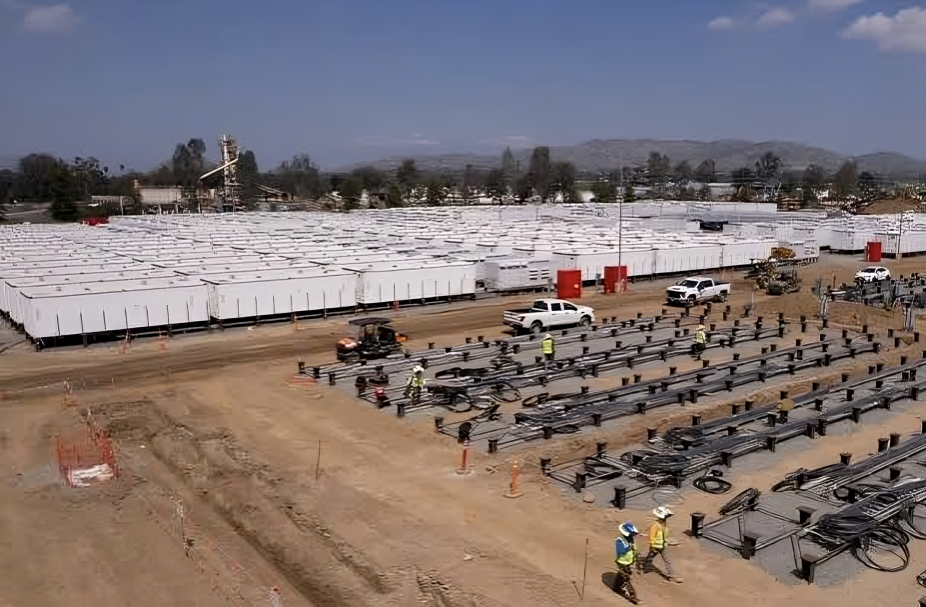Electric utilities across the United States are increasingly turning to battery storage technology to optimize power grids, according to a recent analysis by the U.S. Energy Information Administration (EIA). This strategic shift leverages batteries to capture excess electricity during low-cost periods and discharge it when demand spikes, driving up prices. This practice, known as arbitrage, has become the primary function for a significant portion of U.S. battery capacity, totaling over 10,487 megawatts (MW).
Beyond Cost Savings: Batteries Enhance Grid Reliability and Renewables Integration
Energy storage solutions like batteries offer utilities a multifaceted approach to grid management. In addition to cost savings through arbitrage, batteries play a crucial role in bolstering grid reliability. They provide backup power during outages and help integrate renewable energy sources like wind and solar power, which can be variable in their output.
The EIA report highlights the rapid growth of battery storage in the U.S. As of the end of 2023, utilities operated 575 batteries with a combined capacity of 15,814 MW. This figure is projected to more than triple by 2028, with an additional 35,953 MW of battery storage anticipated to be deployed across the grid.
California serves as a prime example of the transformative potential of battery storage. The state witnessed rolling blackouts during a severe heatwave in 2020. However, by 2 batteries significantly contributed to grid stability during another heatwave, accounting for 2.4% of electricity generation during peak evening hours, according to the California Independent System Operator.
This surge in battery storage adoption is further exemplified by a recent agreement between Entergy and a subsidiary of NextEra Energy. The collaboration aims to develop a staggering 4.5 gigawatts (GW) of new solar and energy storage projects, delivering clean energy to millions of customers across Arkansas, Louisiana, Mississippi, and Texas.
States Embrace Batteries to Address Grid Challenges
The benefits of battery storage are prompting utilities nationwide to invest in this technology. For instance, in the wake of extreme winter weather events that strained the grid in 2021, Texas announced plans to add significant battery storage capacity to ensure grid resilience. Similarly, in the Northeast, utilities are exploring battery storage solutions to integrate increasing wind energy production into the grid.
Battery storage is also emerging as a key tool for managing peak demand. Traditionally, utilities rely on expensive, inefficient power plants to meet short-term spikes in electricity use. Batteries can address this challenge by discharging stored power during peak hours, reducing the strain on the grid and potentially lowering electricity costs for consumers.
The increased use of battery storage goes hand-in-hand with the growing adoption of renewable energy sources. Batteries can effectively store excess solar and wind energy generated during peak production times, making these renewable sources more reliable and dispatchable. This integration is crucial for achieving clean energy goals and reducing reliance on fossil fuels.
The future of battery storage in the U.S. appears bright. The EIA projects a significant increase in battery capacity by 2028, indicating a continued focus on grid modernization and renewable energy integration. As battery technology advances and costs decline, we can expect even wider adoption by utilities, ultimately leading to a more reliable, efficient, and sustainable power grid.
Source: Reuters



